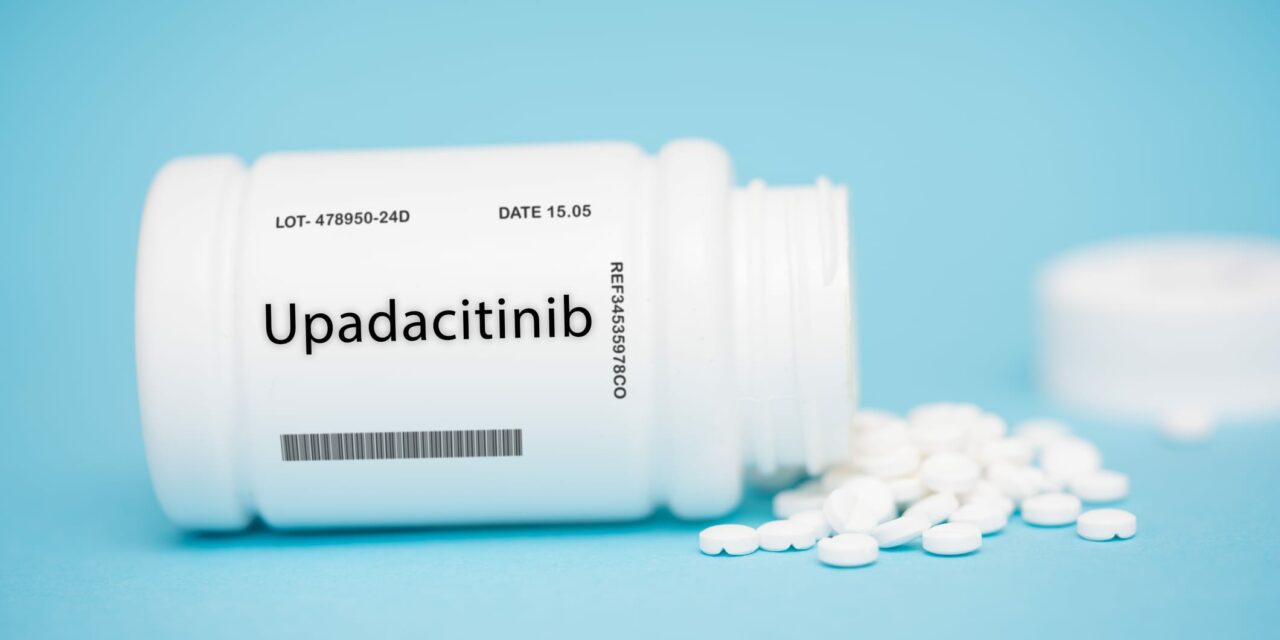Recent advancements in oral therapies, particularly JAK inhibitors, have improved the management of atopic dermatitis, offering new treatment options for patients.
Atopic dermatitis, commonly known as eczema, is a chronic skin disorder that affects millions worldwide, characterized by itchy, inflamed skin. Traditionally managed with topical steroids and emollients, the persistent nature of atopic dermatitis often requires more systemic solutions, particularly in moderate to severe cases.
However, recent years have seen progress in oral treatments that offer new hope for patients struggling with this debilitating condition.
The Rise of JAK Inhibitors
One of the most significant advances in the pharmacological treatment of atopic dermatitis has been the development of Janus kinase (JAK) inhibitors. JAK inhibitors work by targeting specific enzymes in the inflammatory pathway, which are essential for the immune response that drives atopic dermatitis. By blocking these pathways, JAK inhibitors help reduce inflammation and alleviate symptoms of atopic dermatitis.

The FDA has recently approved several JAK inhibitors for moderate to severe atopic dermatitis in adults, including drugs like upadacitinib and abrocitinib. Clinical trials have demonstrated their effectiveness in reducing disease severity, with many patients achieving clear or almost clear skin after treatment, along with a significant reduction in itchiness—a primary complaint in atopic dermatitis.
Clinical Efficacy and Safety Profiles
JAK inhibitors have not only changed the treatment landscape due to their efficacy but also because of their oral administration, which is often preferred over long-term topical application or injectables. In pivotal trials, upadacitinib showed rapid improvements in skin clearance rates and symptom reduction as early as the first week of treatment. Similarly, abrocitinib has been associated with improved sleep and overall quality of life due to reduced itch and skin discomfort.
However, the safety of JAK inhibitors has been a point of consideration. Side effects can include issues like nausea, increased risk of infection, and elevated blood cholesterol levels. The most severe risks involve potential thrombosis and cardiovascular issues, which necessitates careful patient selection and monitoring during treatment.
Comparison with Traditional and Biologic Therapies
Comparatively, traditional systemic therapies for atopic dermatitis include corticosteroids and immunosuppressants like cyclosporine, which can have significant side effects and are generally reserved for short-term use. Biologic drugs, particularly those targeting interleukin inhibitors, have been game-changers for some patients but come with the inconvenience of injections and high cost.
Oral JAK inhibitors, therefore, fill an important niche. They offer a balance between efficacy and convenience, particularly appealing for patients who may not respond well to biologics or prefer an oral medication.
The Future of Oral Treatments in Atopic Dermatitis
The future of atopic dermatitis treatment includes ongoing research aimed at expanding the options available. Several new JAK inhibitors and other novel oral medications are in development, promising even greater efficacy and improved safety profiles. Moreover, ongoing studies are focusing on pediatric populations and the long-term effects of these therapies, which will provide critical data to optimize treatment strategies.
Additionally, there is a growing emphasis on personalized medicine in atopic dermatitis treatment. As researchers better understand the genetic and molecular landscape of atopic dermatitis, it becomes possible to tailor treatments to individual patients, potentially enhancing the efficacy of oral therapies and reducing side effects.
Photo 275972376 © Luchschen | Dreamstime.com




